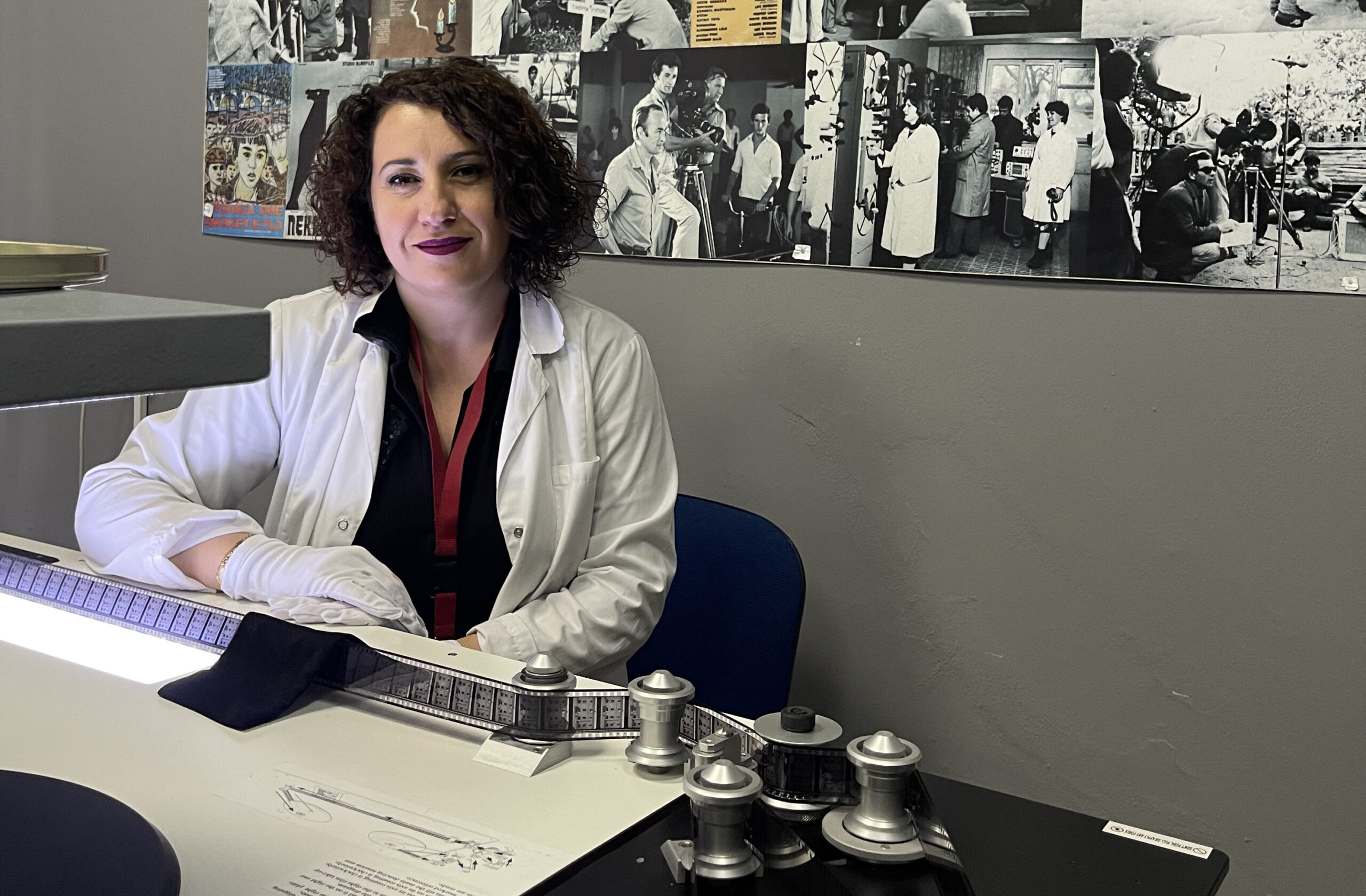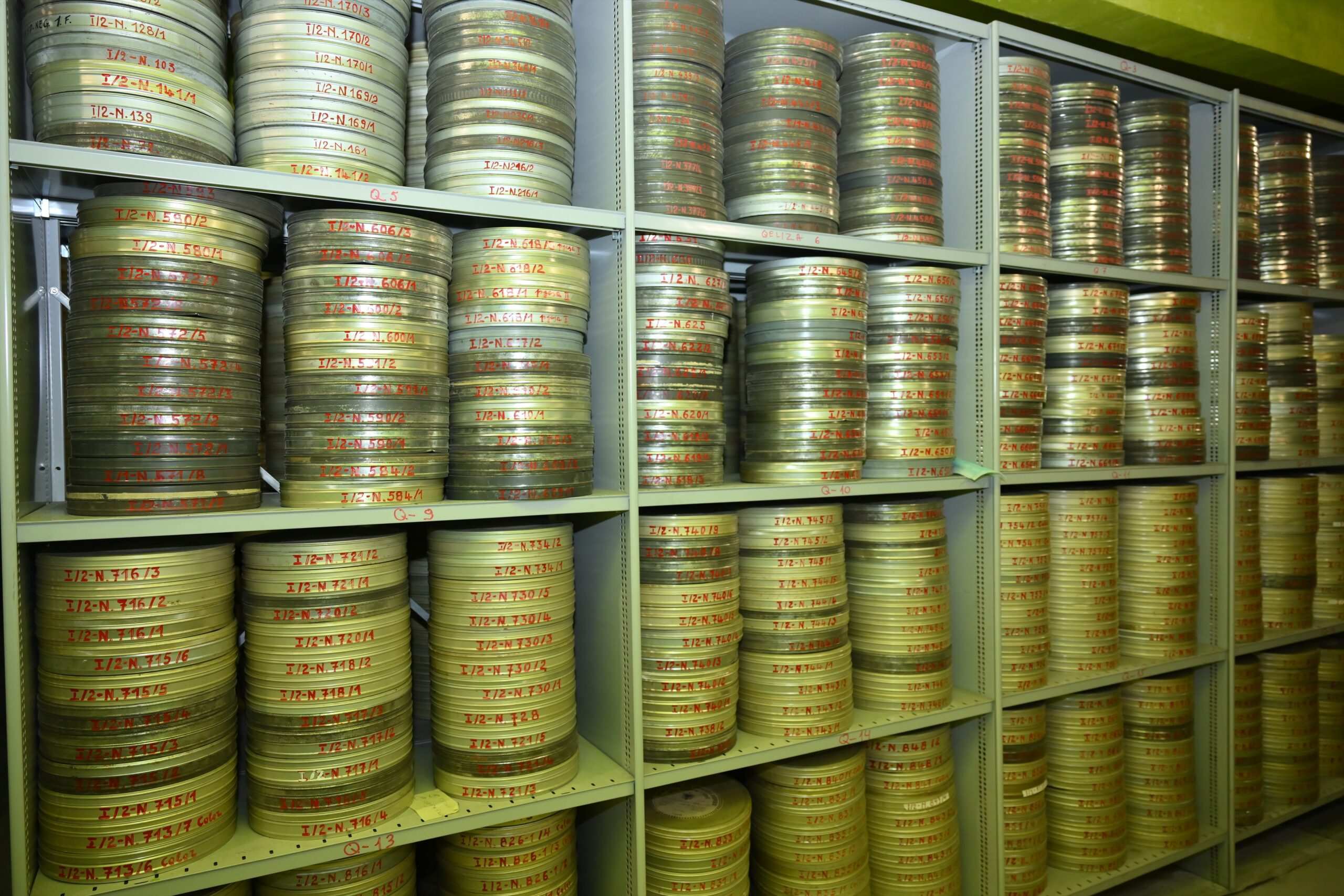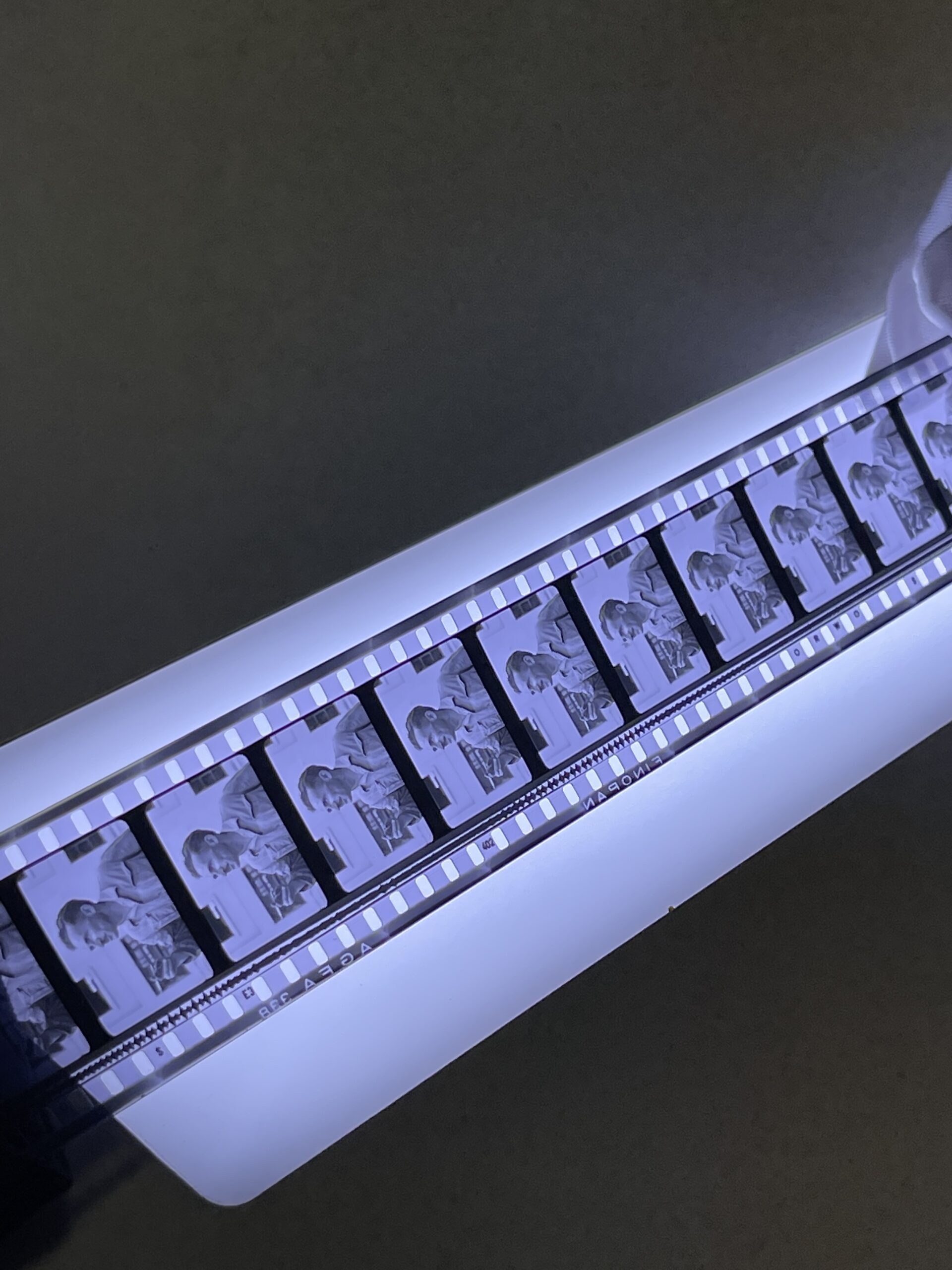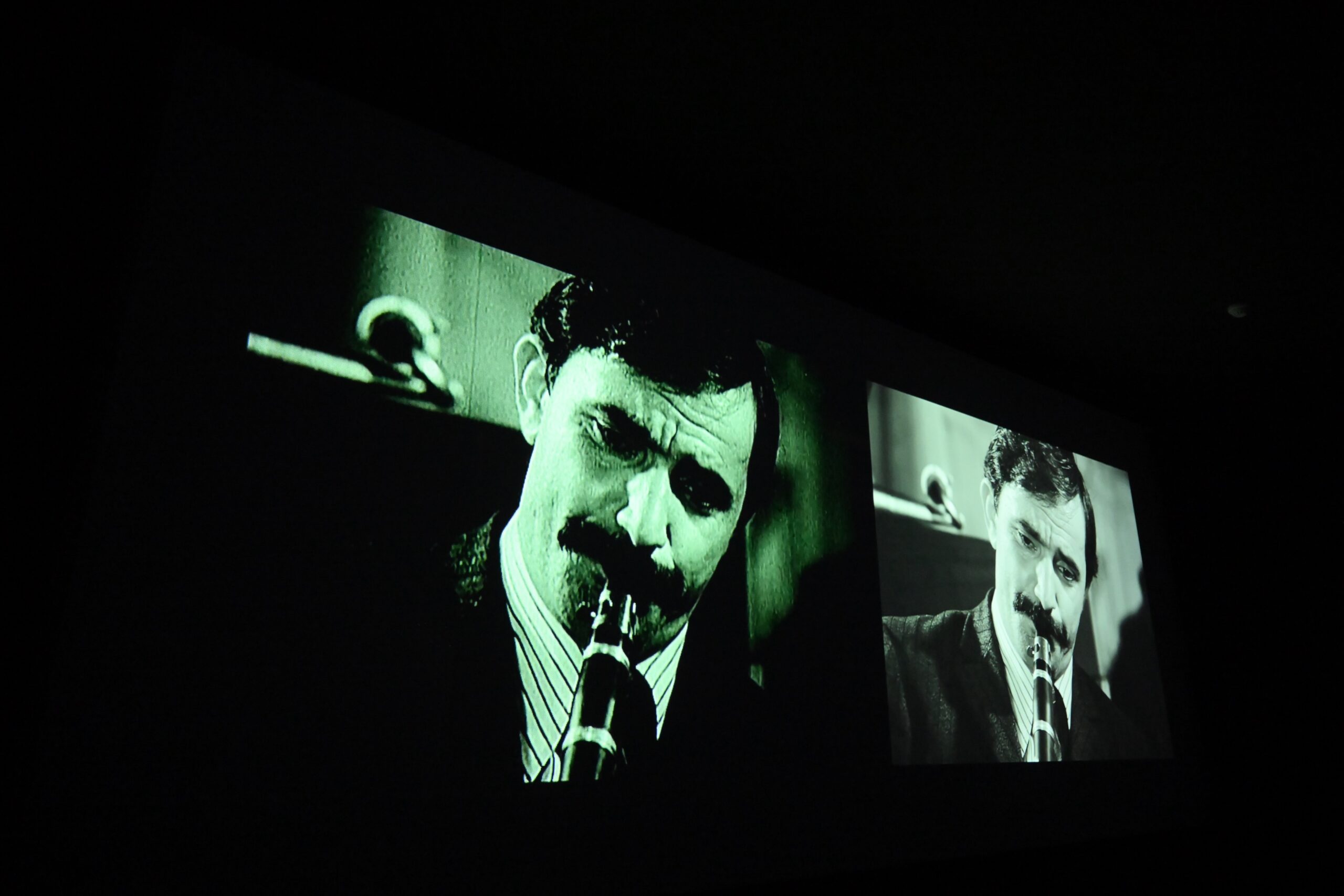
In the aftermath of the devastating 2019 earthquake in Albania, the European Union launched the EU4Culture Programme, a flagship initiative implemented by UNOPS in partnership with the Ministry of Economy, Culture and Innovation of Albania. With a budget of 40 million euros, the programme became the largest cultural heritage initiative in the Western Balkans, dedicated to restoring and revitalising sites damaged by the disaster.
Among its many interventions, one stood out for its impact on memory, art, and national identity: the restoration and modernisation of Albania’s National Film Archive. This initiative not only safeguarded the country’s vast cinematographic heritage but also brought forgotten stories back to life for future generations.
Intervention at the National Film Archive
Officially known as Arkivi Qendror Shtetëror i Filmit (State Central Film Archive), the National Film Archive of Albania was established on April 10, 1947. It serves as the main film archive of Albania, holding an extensive collection of audiovisual materials that span decades of Albanian history and culture.
As part of the former Kinostudio, the institution was initially tasked with collecting, archiving, and maintaining film materials produced in Albania. The archive has always played a crucial role in safeguarding the country’s audiovisual heritage and cinematic culture.
Currently, the repository of the archive holds an estimated 320 feature (full-length) films, 220 animated films, 1,200 documentaries, and 2,000 foreign films. The collection extends further back in time, with rare footage dating from the 1920s, making it the sole custodian of Albania’s film heritage.

Over the years, the National Film Archive has positioned itself at the centre of preserving Albania’s cinematographic heritage and promoting the country’s cinematography through screenings, publications, and educational activities targeting younger audiences and children. Far beyond mere conservation, the archive aims to provide access to the country’s film legacy for both researchers and the public.
The institution’s growing relevance for film culture’s promotion, education, preservation, and discourse has called for an intervention that would make the archives better preserved and easier to handle by the institution’s employees, as well as more accessible to the public and researchers. This is where the EU4Culture programme stepped in, providing the National Film Archive with restoration and digitisation equipment that has significantly enhanced the efficiency and accuracy of the film conservation process, reducing the risk of physical damage to the materials and ensuring long-term accessibility for the public.

“Digitisation has not only improved preservation efforts but has also expanded public access to Albania’s film heritage. Many Albanians didn’t even know these films existed. Digitisation allows us to share our cinematic history with new generations,” says Hermelinda Troqe, specialist of film preservation at the National Film Archive, emphasising the impact this intervention has on the people who, through these films, gain access to their past. “I’ve seen people cry watching these restored films. They recognise their grandparents, their childhood homes, and moments they thought were forever lost. It’s about understanding where we come from, seeing familiar places in a different time, and appreciating the stories that shaped our history,” she adds.

Thanks to EU4Culture’s intervention, fragile films can now be safely digitised, restored with high precision, and preserved for the long term. The new technology reduces human error, ensures faithful colour reproduction, and secures materials in durable digital formats, while also allowing audiences to experience Albania’s cinematic heritage on modern projection systems with the clarity needed to access their invaluable memories through film.
Intervention at the National Film Archive
Officially known as Arkivi Qendror Shtetëror i Filmit (State Central Film Archive), the National Film Archive of Albania was established on April 10, 1947. It serves as the main film archive of Albania, holding an extensive collection of audiovisual materials that span decades of Albanian history and culture.
As part of the former Kinostudio, the institution was initially tasked with collecting, archiving, and maintaining film materials produced in Albania. The archive has always played a crucial role in safeguarding the country’s audiovisual heritage and cinematic culture.
Currently, the repository of the archive holds an estimated 320 feature (full-length) films, 220 animated films, 1,200 documentaries, and 2,000 foreign films. The collection extends further back in time, with rare footage dating from the 1920s, making it the sole custodian of Albania’s film heritage.

Over the years, the National Film Archive has positioned itself at the centre of preserving Albania’s cinematographic heritage and promoting the country’s cinematography through screenings, publications, and educational activities targeting younger audiences and children. Far beyond mere conservation, the archive aims to provide access to the country’s film legacy for both researchers and the public.
The institution’s growing relevance for film culture’s promotion, education, preservation, and discourse has called for an intervention that would make the archives better preserved and easier to handle by the institution’s employees, as well as more accessible to the public and researchers. This is where the EU4Culture programme stepped in, providing the National Film Archive with restoration and digitisation equipment that has significantly enhanced the efficiency and accuracy of the film conservation process, reducing the risk of physical damage to the materials and ensuring long-term accessibility for the public.

“Digitisation has not only improved preservation efforts but has also expanded public access to Albania’s film heritage. Many Albanians didn’t even know these films existed. Digitisation allows us to share our cinematic history with new generations,” says Hermelinda Troqe, specialist of film preservation at the National Film Archive, emphasising the impact this intervention has on the people who, through these films, gain access to their past. “I’ve seen people cry watching these restored films. They recognise their grandparents, their childhood homes, and moments they thought were forever lost. It’s about understanding where we come from, seeing familiar places in a different time, and appreciating the stories that shaped our history,” she adds.

Thanks to EU4Culture’s intervention, fragile films can now be safely digitised, restored with high precision, and preserved for the long term. The new technology reduces human error, ensures faithful colour reproduction, and secures materials in durable digital formats, while also allowing audiences to experience Albania’s cinematic heritage on modern projection systems with the clarity needed to access their invaluable memories through film.
Please wait while your video is being uploaded...
Don't close this window!